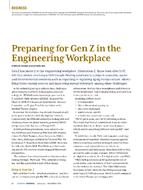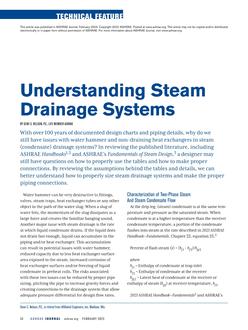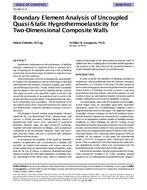Click here to purchase
Exothermic or heated process contaminants have the potential to cause acute health effects such as heat stroke, and chronic effects such as manganese poisoning for an estimated 5 10 million American workers each year. Currently there are no specific occupational standards regarding exposure to heat from exothermic processes, therefore it is important to investigate techniques that can mitigate known and potential adverse occupational health effects. The research presented involved a review of the physical properties, heat transfer and meteorological theories governing buoyant air flow created by exothermic processes. These properties and theories were used to identify parameters and develop improved prediction equations required for the determination of buoyant volumetric flow used to design ventilation controls. Goals of this research were to develop and describe new (i.e. proposed) prediction equation, and compare them to currently accepted ones by Hemeon and the American Conference of Governmental Industrial Hygienists (ACGIH). Numerical assessments were conducted to compare solutions from the proposed equations for plume area, mean velocity and flow to those from the ACGIH and Hemeon. Parameters were varied for the dependent variables and solutions from the proposed, ACGIH, and Hemeon equations for plume area, mean velocity and flow were analyzed using a randomized complete block statistical design (ANOVA). Results indicate that the proposed plume mean velocity equation provides significantly greater means than either the ACGIH or Hemeon equations throughout the range of parameters investigated. The proposed equations for plume area and flow also provide significantly greater means than either the ACGIH or Hemeon equations at distances greater than 1 m above exothermic processes. With an accurate solution for the total volumetric flow, ventilation engineers and practicing industrial hygienists are equipped with the necessary information to design and size hoods, as well as place them at an optimal distance from the source to provide adequate control of the rising plume. The equations developed will allow researchers and practitioners to determine the critical control parameters for exothermic processes, such as the exhaust flow necessary to improve efficacy and efficiency, while ensuring adequate worker protection.
Citation: ASHRAE Papers CD: 2014 ASHRAE Winter Conference, New York, NY
Product Details
- Published:
- 2014
- Number of Pages:
- 8
- File Size:
- 1 file , 2.9 MB
- Product Code(s):
- D-NY-14-C069


